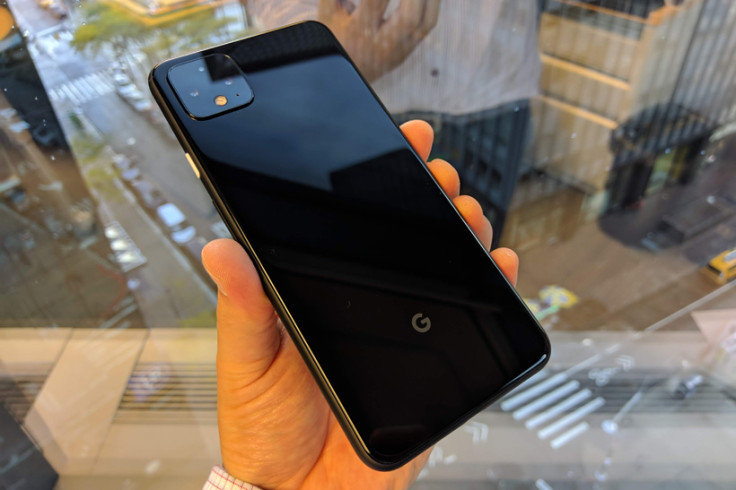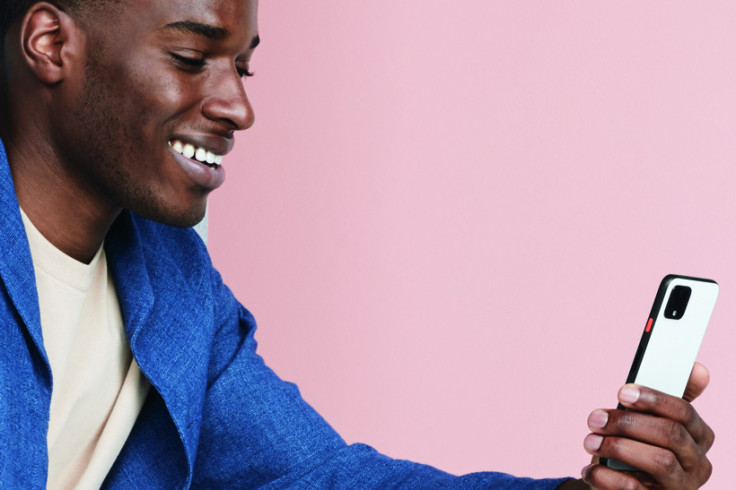Google Pixel 4 XL Review: Smoothest Android Experience Money can Buy

The latest Google Pixel 4 has been getting a lot of heat since its launch, with many criticisms coming from the lack in hardware specs when compared with competing products currently on the market.
However, specs are not everything, because when it comes down to it, the user experience trumps what's under the hood. This is something Apple has proven this again and again, providing excellent user experience while not necessarily having the biggest muscles in terms of hardware. Apple does this by painstakingly creating a harmonious and purposeful marriage between the hardware and software. Google has been attempting this very feat in designing their own phone, and when you view it from this perspective, the Google Pixel 4 is definitely the next iteration of improving the user experience for Android users.

Instead of merely bumping hardware prowess, the Google Pixel 4 XL is targeting a few areas of user experience of interest. The one thing that stood out to me where I can feel a tangible leap in usability with the Google Pixel 4 XL is how fluid the overall user experience is compared to the previous Pixels.
Fluidity of use
Armed with the same Snapdragon 855 as most other flagship phones, and even less RAM than many others (One of the reason it received so much criticism), when using the Pixel 4 XL, performing regular tasks just feels faster. Google made a couple of design decisions intentionally to create this smooth buttery sensation:

That 90Hz screen
This is one of those things that watching YouTube reviews just can't show you, but is obvious when you pick one up and use it. A 90Hz screen doesn't actually speed up the processing speed of the phone, but what it does speed up is your perception of how fast the phone is, because it decreases the miniscule response time of the phone even more.
If you are one of the early adopters of smartphones you will remember how iPhones felt generations ahead of Android phones, and the major cause was not the processing power, but how Apple managed the user interaction with animations and decreasing the latency. I remember not being interested in Android phones only until the release of Galaxy S2, because it was the first phone that I used where the phone responded to my touches as quickly as my iPhone.
Google Pixel 4 is jumping the queue this time with the 90Hz display and its message is loud and clear: 'Android phones can be more responsive than Apple phones'

Face Unlock
The new face unlock that Google deploys on the Pixel 4 has been compared with Apple's face unlock, and the radar technology has been criticized for its hit-or-miss gesture control, but from spending time with the Google Pixel 4 XL it is apparent to me that it's just another cog in making that user experience more silky smooth.
Pressing a power button, pressing a finger print reader, or even the gesture of swiping up doesn't take much time to do, but because this is something that you must do every single time you do pickup your phone, all the times of doing it stacks up. And when you suddenly take that away from the user experience, everything becomes faster. From the radar detecting my hand reaching it; to the phone scanning my face and bringing up the home screen, not having to touch any buttons feels both unfamiliar and natural. It feels like a statement that this will be the next way for people to interact with their phones, and Google reached it first.

Goodbye buttons, Hello gestures
Gone finally are the three-way navigation buttons Android users are so used to using, and the era of gesture based navigation has come with the Pixel 4. The three-way controls has come along way from the old physical buttons, to capacitive buttons to on-screen buttons, and is finally put to rest in the latest Android 10 on the latest Pixel. Why now? Again, Google is introducing it not just for the sake of keeping up with Apple, but to add to the smoothest user experience there is on the market.
Android users have been so used to tapping the navigation button, getting a taptic feed back, then seeing a response in the phone. The new gesture responds as soon as you swipe, which again perhaps only eliminates a few split-seconds of response-time, but gives the user the impression that the phone is more responsive to their touch.
An added bonus with the elimination of the three-way on-screen controls is also the increase of the effective usable screen. While many are complaining about the big forehead that the Pixel 4 has, when comparing the Pixel 4 with a notch-less, minimal bezel phone like the Asus ZenFone 6, the effective usable area is almost exactly the same. Eliminating these buttons has given Google the licence to include the forehead which was crucial for its new sensors.
Pressure sensitive sides to activate Google Assistant
This is not a new function in Pixel phones, and in fact it's not even an original function to the Pixels as it was first introduced in HTC phones. But when combined with all the aforementioned efforts to smoothen that user experience, again what you get is fluidity.
Instead of moving your thumb from its resting place to press either the home button or a dedicated Google assistant button, by keeping it there in its natural holding position and simply squeezing, another few split-seconds are sliced off from the use of the Pixel 4. The squeeze control is made to feel even quicker with an immediate response of a tactic click, offering a sensation comparable to the tactic engine of the iPhone.

Who is the Google Pixel 4 for?
For those who are a fan the stock Android experience and wants the next generation of what Google has to offer with its fast and fluid operations, the Pixel 4 XL definitely offers an irreplaceable experience like no other on the market at the moment. If you're not too worried about hardware specs, but more interested in the overall user experience, the Google Pixel 4 XL is a phone that has been crafted in both hardware and software to ensure you are getting the most out both worlds.
David is a tech enthusiast/writer who is often on the move and is on a mission to explore ways to make his overhaul flights more enjoyable. This is a contribution to an ongoing IBTimes review series on gadgets for Business Travellers.
© Copyright IBTimes 2024. All rights reserved.











